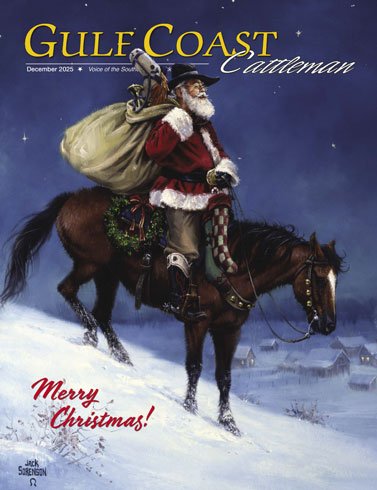Ranch Horse Owners be on the Lookout for Eastern Tent Caterpillar
By Craig A. Roberts, University of Missouri Extension
May 11, 2015
Producers should check their wooden fences and watering tanks for eastern tent caterpillars, says Craig Roberts, University of Missouri Extension forage specialist.
The caterpillar’s pointy, hollow barbs are deadly to horses, mules and donkeys. The barbs poke holes in the lining of digestive tracts, introducing bacteria to organs, especially reproductive organs and amniotic fluids. In mares, this can result in the aborting of late-term foal fetuses.
The caterpillars are most often found on or near wild cherry trees, wild plum trees, apple trees or other ornamentals such as crab apple. They strip the tree’s leaves after building a nest, or tent, and then migrate to areas such as fences, sides of buildings or the ground.
There are several ways to manage the pest, said MU Extension entomologist Wayne Bailey. Homeowners can simply collect the webbing and worms and burn them. Some might prefer environmentally friendly pesticides such as neem oil or Bt (Bacillus thuringiensis). For large areas or where infestation is heavy, over-the-counter options include Sevin, which contains carbaryl. Caterpillar tents are water-repellent, so water-based insecticides will be ineffective.

